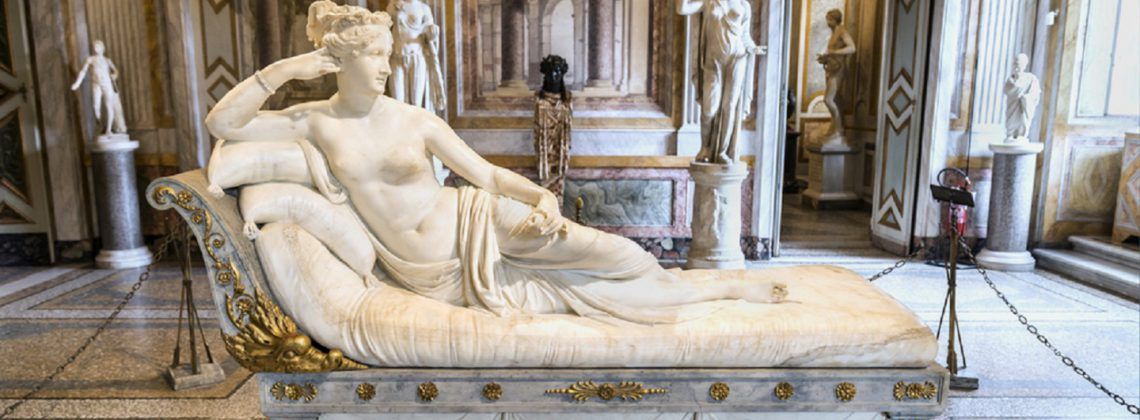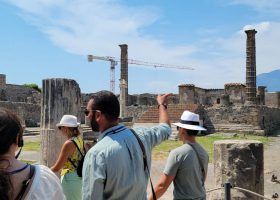If you’ve wondered whether classical sculpting has stopped, you’re probably not alone. The lack of classical sculpting nowadays does beg the question: Was Antonio Canova the last great marble sculptor? Whatever your take, Canova forever changed the art of sculpture. Read on to find out how!
This article isn’t meant to replace a guided visit—quite the opposite! Reading up on an attraction will make a guided tour more memorable and interesting! You will impress your travel partners and engage more with the guide. Check out our guided tours of Rome, the Vatican, and Venice!
The Life and Career of Marble Sculptor Master Antonio Canova
Few disagree that Antonio Canova defined the art of sculpture for an entire generation. In fact, art historian Fernando Mazzocca tells us people in Canova’s lifetime called him “the supreme minister of beauty” and a “truly divine man.” So, is Antonio Canova the last great marble sculptor? And has classical sculpting stopped?
My answer is yes—but with two important qualifications. First, sculptors continue to work with marble today. For instance, Uruguayan sculptor Pablo Atchugarry works with Carrara marble, just like Michelangelo, Canova, and other legendary artists. However, most contemporary names lack instant recognition unless you’re an art historian or serious art enthusiast.
This brings me to the second qualification. Later famous sculptors like Auguste Rodin and Constantin Brancusi did not predominately work with marble. And while Antonio Canova also painted and sketched, his fame is undoubtedly tied to neoclassical marble sculptures that continue to captivate viewers after more than 200 years!
Rather than dwell on those qualifications, let’s focus on what makes Antonio Canova’s marble sculptures must-see art. Scholar Ada Ruiz says that marble always signifies “high art in art history.” Moreover, sculptures produced with Italian Carrara marble generally stand out. For example, Ruiz highlights famous Carrara marble sculptures created by art legends like Michelangelo, such as his David.
Here is where Canova’s greatness really stands out. Believe it or not, art historian David Bindman tells us Carrara marble had fallen out of fashion by the mid-1700s. However, that quickly changed thanks to Antonio Canova’s arrival on the art scene in the late 18th century.
Even if you don’t believe he is the last of the great artistic tradition, you’ll agree with Fernando Mazzocca, who says Canova innovated and modernized sculpture. So, let’s learn more about this legendary artist!
Who Was Antonio Canova?
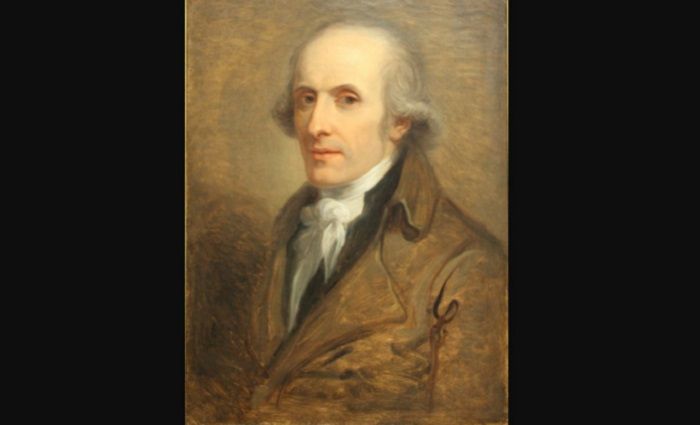
1757-1822 AD | Rome by way of Possagno & Venice | Napoleon’s Sculptor
Antonio Canova originally called Possagno home—a tiny town in the Veneto region of present-day Italy. However, art historian Ian Chilvers says the future artist’s career began with his move to nearby Venice. In fact, by the early 1770s, the young Canova already had his own studio.
However, like many great artists before him, Canova built his reputation in Rome. In fact, Christopher M.S. Johns says some of his first major commissions came from successive popes.
Indeed, Canova benefited from his ties to many wealthy patrons. For example, David Bindman notes that Canova’s early sponsors included influential Venetians and Austrian nobility. However, Johns explains that Napoleon is Canova’s most famous sponsor. Ultimately, Canova created sculptures for several members of Napoleon’s family.
For example, one of his most famous sculptures is Pauline Bonaparte as Venus Victrix. Today, you’ll see this sculpture of Napoleon’s younger sister as one of the highlights of Rome’s Galleria Borghese.
Style & Influences
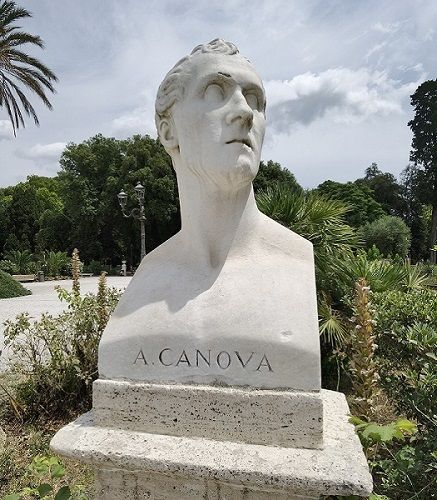
Neoclassical | Ancient Revival | Modern Touches
Canova though was more than just Napoleon’s preferred sculptor. Indeed, you’ll find Canova sculptures across Italy and beyond at some of the world’s finest museums like the Louvre and Vatican Museums. Let’s learn more about what’s made them must-see art for so many.
For starters, Canova’s sculptures embody the Neoclassical style he helped popularize in the late 18th and early 19th centuries. In other words, as art historian Malcolm Baker explains, Canova’s art reflected Europe’s revived interest in all things ancient Greece and Rome.
While Canova often sculpted ancient subjects, his work also reflects the rapidly changing world of 19th-century Europe, so there are many modern messages involved within the classical themes. For example, Napoleon as Mars the Peacemaker combined an ancient Roman god and 19th-century French ruler in one sculpture.
Innovations & Secrets
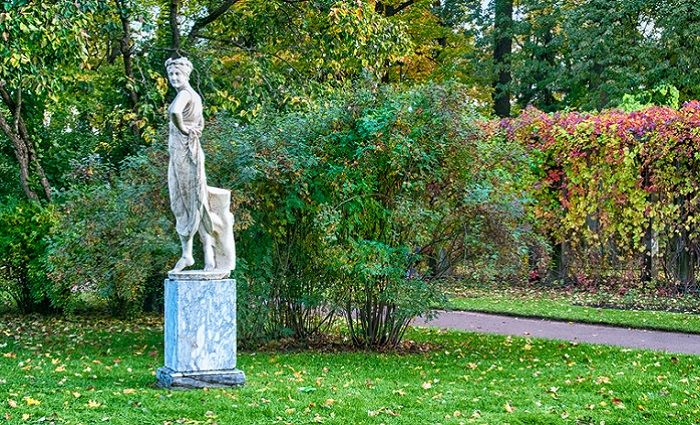
Candlelight Craze | Last Touch | Ballet?
Canova did his part to bring about change in the art world. For instance, Chilvers also mentions that Canova pioneered techniques like working with full-size models instead of small-scale models. Canova also understood people’s tastes when it came to viewing art in the early 19th century. For example, art historian David Bindman says the fad at the time was to see art by candlelight.
As a result, Canova devoted serious attention to making sure his art popped in those conditions. What awed people about Canova’s marble sculptures by candlelight was the illusion of human flesh. How did Canova do this? Well, Chilvers also tells us Canova used special tools and rubbed pumice stone on sculptures.
However, what art historians call “last touch” is Canova’s secret. David Bindman explains that “last touch” involves rubbing an unknown compound to lighten and thereby create a realistic impression of human skin. Just like a chef can keep a secret recipe, so too can artists hide their special techniques.
Finally, you probably weren’t expecting a connection between dance and sculpture. In fact, Fernando Mazzocca says Canova’s sculptures influenced the creation of modern ballet. Furthermore, Mazzocca explains several famous Canova sculptures are dance-related subjects. Take, for instance, Canova’s Dancer with Hands on Hips, Dancer with Cymbals, and Dancer with Finger on Chin.
Later Years & Legacy
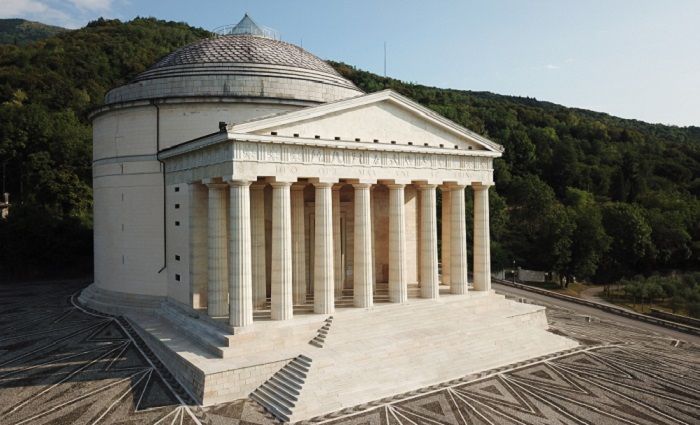
George Washington | Canova’s Temple | Venetian Memorials
One of Canova’s final commissions involved George Washington. In fact, David Bindman tells us the North Carolina state legislature commissioned Canova to create a sculpture of the first American president. Sadly, a fire at the North Carolina State House destroyed the original.
In his later years, Canova funded the construction of a church in his native Possagno. Although dedicated to the Holy Trinity, most people know it as the Temple of Canova. Ian Chilvers points out that the design of Canova’s temple imitates Rome’s Pantheon. It is also the great artist’s final resting place.
Canova’s many pupils and admirers honored him in different ways. For example, Malcolm Baker says you’ll find a memorial to Canova created by some of his pupils in Venice’s Santa Maria Gloriosa dei Frari.
Moreover, Venice’s Correr Museum holds a shrine to Canova arranged by a Venetian collector in the late 19th century. The museum’s catalog says it includes some of Canova’s tools, personal effects, and original sketches among other things. Today, these memorials help us appreciate just how much Canova inspired generations of artists and admirers.
Want to learn more about famous sculptures? Check out the most important must-see sculptures in the world!
